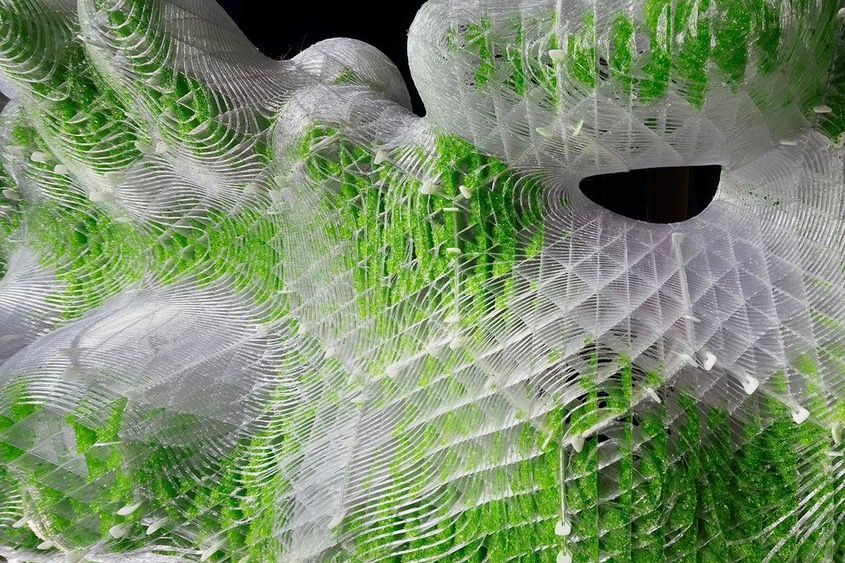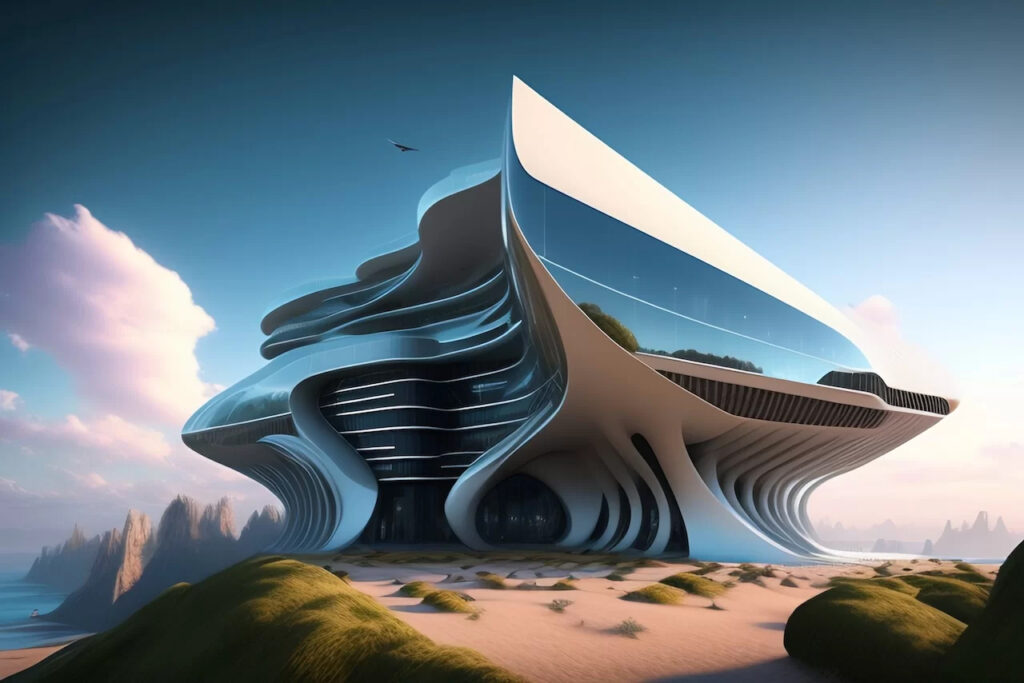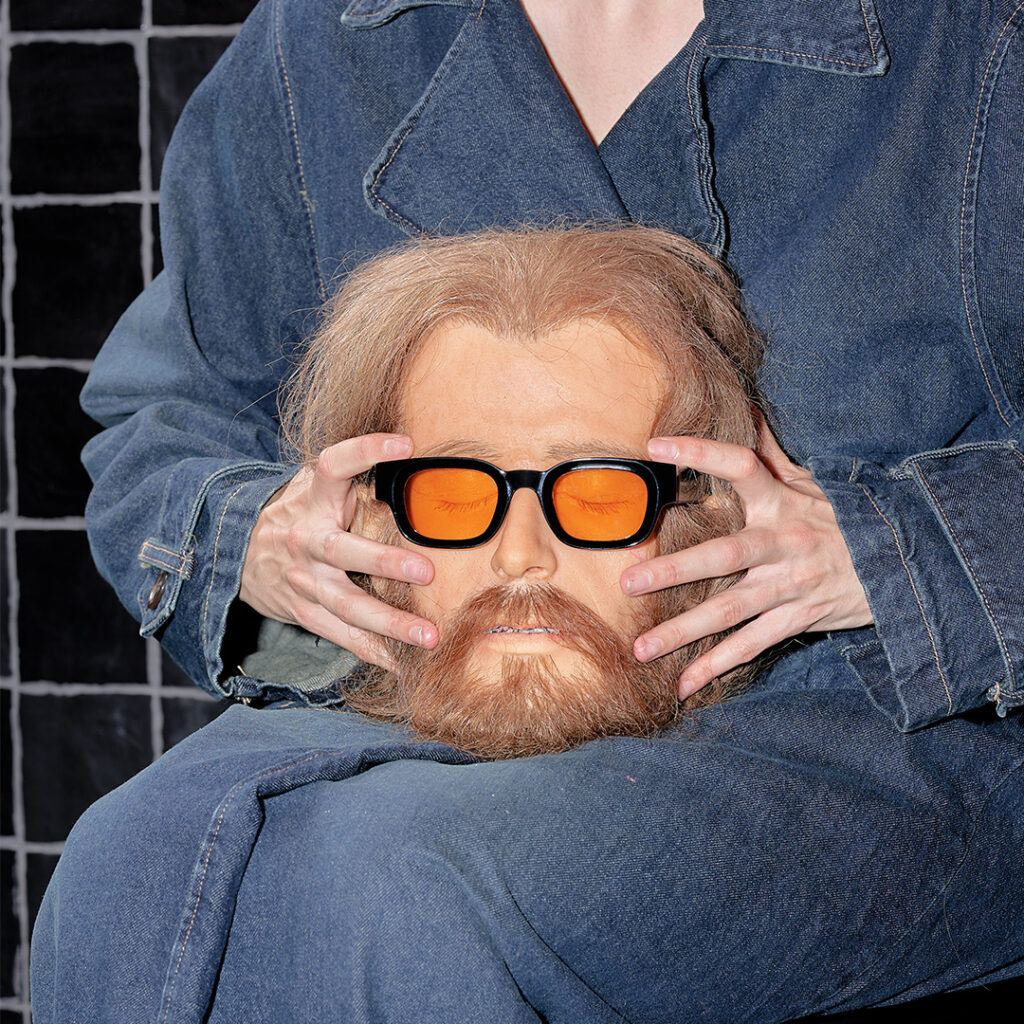What, if you could choose a new body to better reflect your personal identity?
Ok, let’s reformulate the question. Truth be told, you already can. Or you’re probably doing it already… With your avatar, your digital skin, in virtual realms. In all those immersive games that make us feel like the Metaverse is a step closer.
Inevitably, in the Metaverse, we’ll be styling our identity in the same way we style it now in everyday life. But with a tiny, little difference. In the digital realm, possibilities are unpredictable and ‘styling’ won’t refer to the mere matching of garments and items. You can transform the digital body itself.
Now, how far would you go in reshaping the limits of flesh and bones in the Metaverse? How far would you go to transform your digital body?

TNC unveils the influences that are already leading to different forms of body dysmorphia online. From die-hard social media habits to the influences from body dysmorphic art, passing through gender equality claims. We delve into the top trends influencing the construction of your digital body in the Metaverse, diving into their rooted origins.
That’s a frank talk on social anxieties and contemporary issues that also affects the construction of YOUR identity online right there.
Feeling overwhelmed? Worry not, there are plenty of rooms to escape the tagline.
So relax, close your eyes, accept the inevitable, and imagine what your digital twin would look like.
Metaverse Social Life: It’s all About your Digital Skin
Whether you go to virtual malls, concerts, or cinemas, your digital body represents you and serves the social purpose of interacting and communicating to others exactly what you want to be and appear.
In building your digital body, you filter the information you want to give. Regardless of whether that info reflects the actual body or not, since your digital ID is in any case verified in blockchains.
Despite your conscious filtering, your final digital body will say a lot about you. Even if you didn’t intentionally mean for it to do so.

We will spare you the philosophical sermon. Let’s just say that when you are there at your desk, selecting the features and equipment of your digital skin, the digital body you’re creating is affected by the same influences and social expectations that impact your physical body.
But your digital body has potentially no limits. Digital skin customization leaves much more room for personal uniqueness and identity affirmation.
You can edit it, filter its morphology and functionalities, and reimagine a completely new creature. All of it is thanks to the countless creative possibilities in the digital realm. The Metaverse seems to be open to new forms of digital bodies: cyborgs, monsters, hybrid creatures, and whatever you could imagine. We definitely got it.
At this point, visualize your ideal digital body and tell me… Are you exploiting those possibilities?
The PERFECT Digital Body. All you’ve ever dreamt of
Strike the best pose, suck in the tummy, eyes down and chin up, shoot, pick the perfect pic, filter it, cut it, maybe better B&W… Then and only then you’re ready to post a new, edited version of yourself on the social media jungle.
Everyone does it. You too, admit it!
It’s a reflex as old as the history of pictures on social media. And old, bad habits are hard to kill.
Now that the Metaverse – or better, immersive digital environments, are rewriting the rules of social networking via blockchain interactions, many have already started customizing their virtual body. After all, isn’t digital skin customization the central point of the top online games?
From Digital Dystopia Art to Games, we are having an overdose of hybrid, reworked, and re-imagined bodies. But when it comes to avatars and their use in social interaction in the Metaverse, it seems that users tend to fall under the same tagline as in any other socials 2.0. One thing is to play as Super Mario. It’s another to create an avatar that acts as your actual self.
We want to present the best version of ourselves. Kardashian-ified bodies, 6-pack abs, whiter skin, and inflated lips. All of this to stick to irrealistic and unattainable beauty canons that hardly sexualize and label the body. Same old story.
The same old story that points to the Metaverse as the next venue for body dysmorphic disorder.
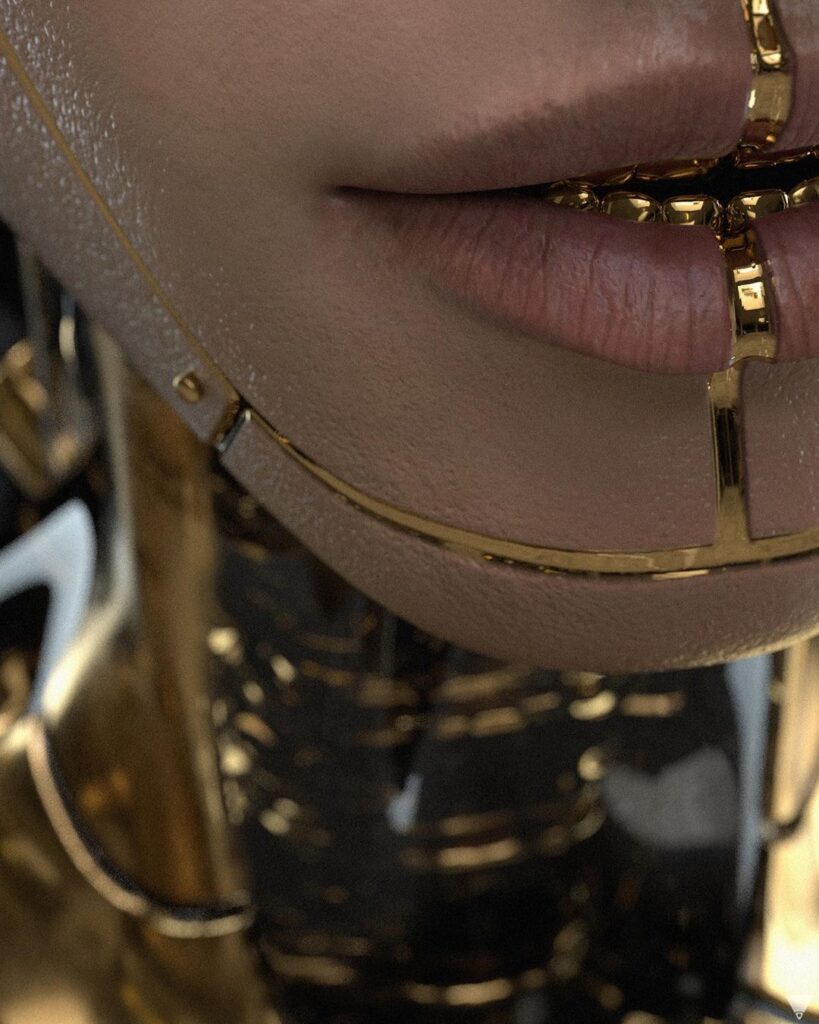
On the other hand, the exact opposite could take place too. You might want to represent your flesh exactly as it came in the world. Not something all that hard to achieve apparently, since many platforms and companies are already enhancing photo-realistic, full-body digital scans for a lifelike virtual-twin avatar.
But what happens if your body is meant to be a flag for social validation? The gamer Kirby Crane has provided a valid example:
says Crane, who describes himself as a “fat, gay, pre-medical transition trans man.”
Recreating his body in 10 different games, he experienced first-hand how customizing your avatar can be a real struggle. Technology is there to allow you to reshape it as you want, but the same social inequalities translate to online tools.
Some games didn’t let him have breasts on a male character, and in other platforms he just burst out of his clothes as he was trying to make the avatar bigger.
Is it surprising though? Not really.
But we’re not here to brush Barbies. It’s time to fight those inequities now, while the metaverse is a giant work-in-progress hub.
So… how can we escape this tagline?
Digital Dystopia Art is lighting the way for your Digital Skin
Social Media’s impact has always been a trap for body representation. As social interactions in the Metaverse become the zeitgeist of this era, breaking the past and fostering nonconformity online should be the priority.
So, stop re-creating natural and social limits on your avatar! There’s another, creative option that allows us to escape such dangerous constrictions.

You’ll be surprised to know that the solution was already thought up some 37 years ago by Donna Haraway. Yep, more than 30 years, when the word ‘Metaverse’ still wasn’t even featured in the original Snow Crash science fiction. With her Cyborg Manifesto, Haraway shook the collective consciousness, boosting the figure of the Cyborg as the best example to move beyond the limitations of traditional gender and identity.
Donna Haraway
We’ve all been cyborgs for a while. Our devices such as our medicines are all extensions of our bodies. At the dawn of the Metaverse, we build our avatar, and somehow, we are building our social presence online. We are building an extension of our identity, our digital skin. So if we are already hybrid creatures, why the hell should our digital body be bound to old, sick limits?
Digital Dystopia art, in this sense, is boosting different aesthetics, and it is providing new sources of inspiration for your digital skin. Like Haraway, many digital artists have embraced Body Hybridization as a form of expression.
And with no further ado, here are some digital art trends your digital avatar could be inspired by!
The CYBORG. When Digital Body meets Techs
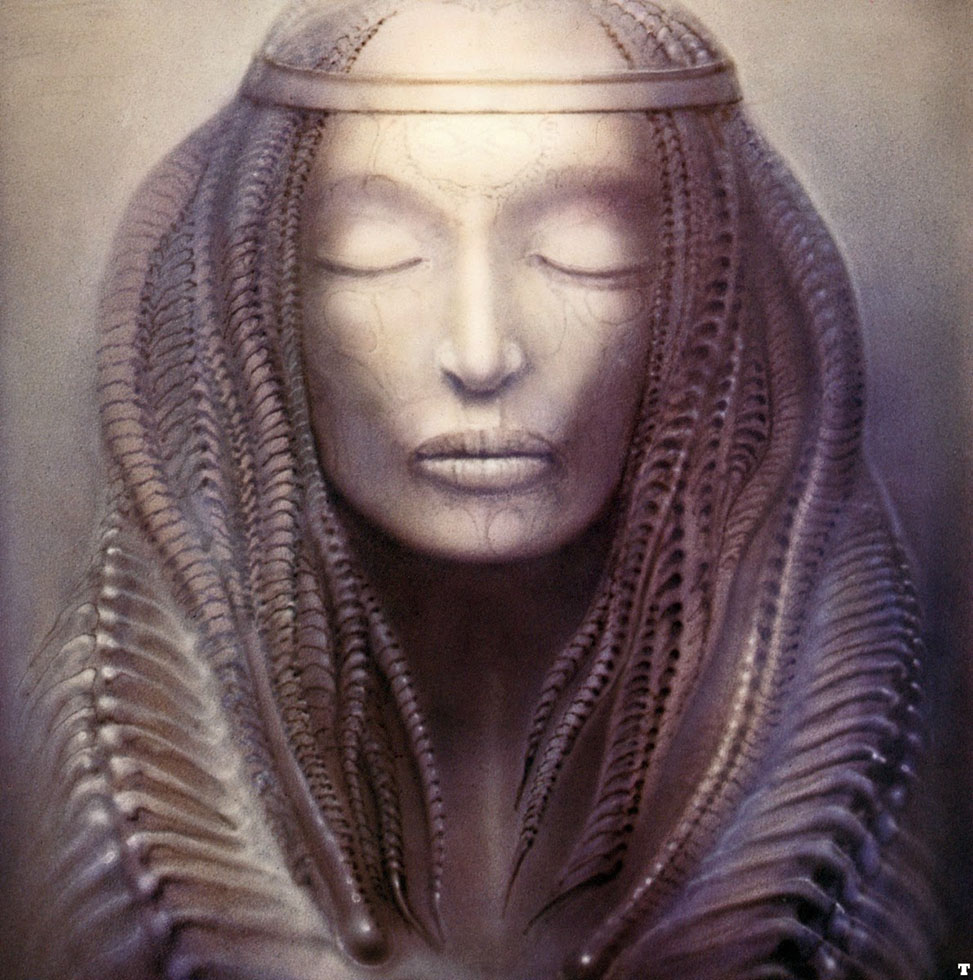
Blending the body with techs has been a must since the 80s. Prosthetics, chips, implants, and whatever electronic device was possible to conceive with a bit of imagination, melt all together into the figure that is the cyborg. Becoming a recurrent topic in contemporary art, from the performances of Stelarc, or Harbisson, to the iconic H. R. Giger artworks, the cyborg couldn’t be missed in digital art.
Undoubtedly, Marc Tudisco is among those artists that are making of the Cyborg, a proper statement.

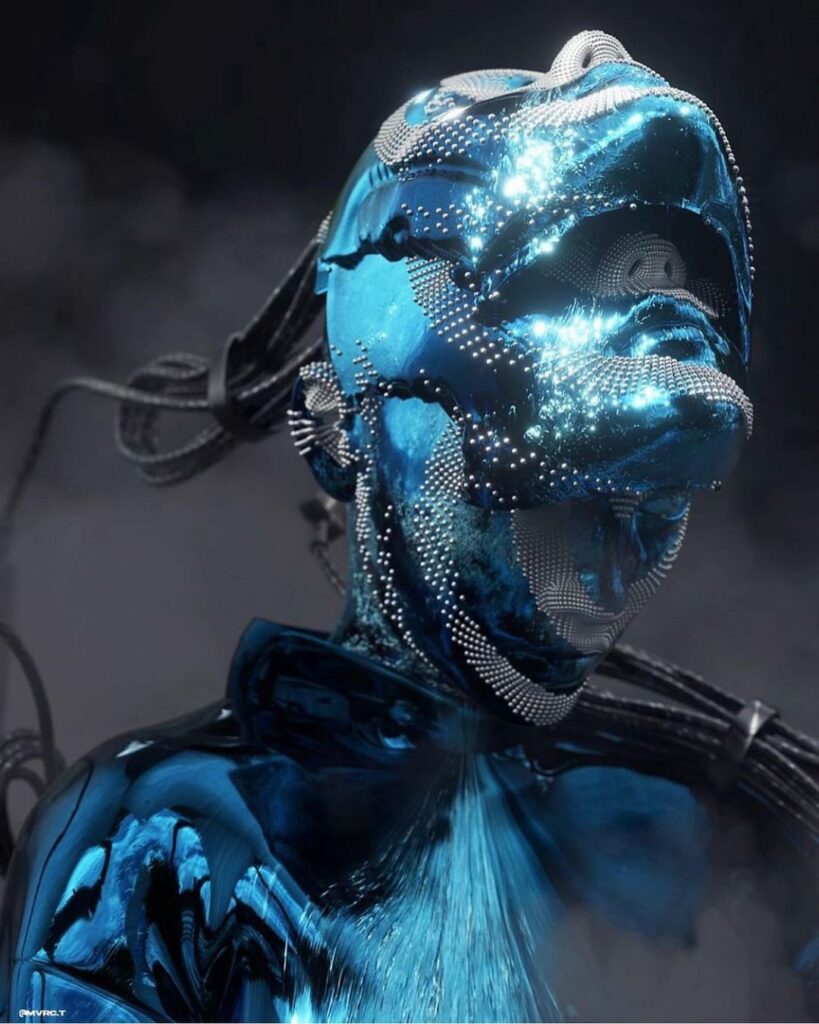
On top of that, very interesting experimentations are coming from the genius mind of Nick Knight for ShowStudio. Recently announcing his new collab with Jazzelle Zanaughtti while teasing the audience with one, basic question:
How far would you go to transform your digital body?
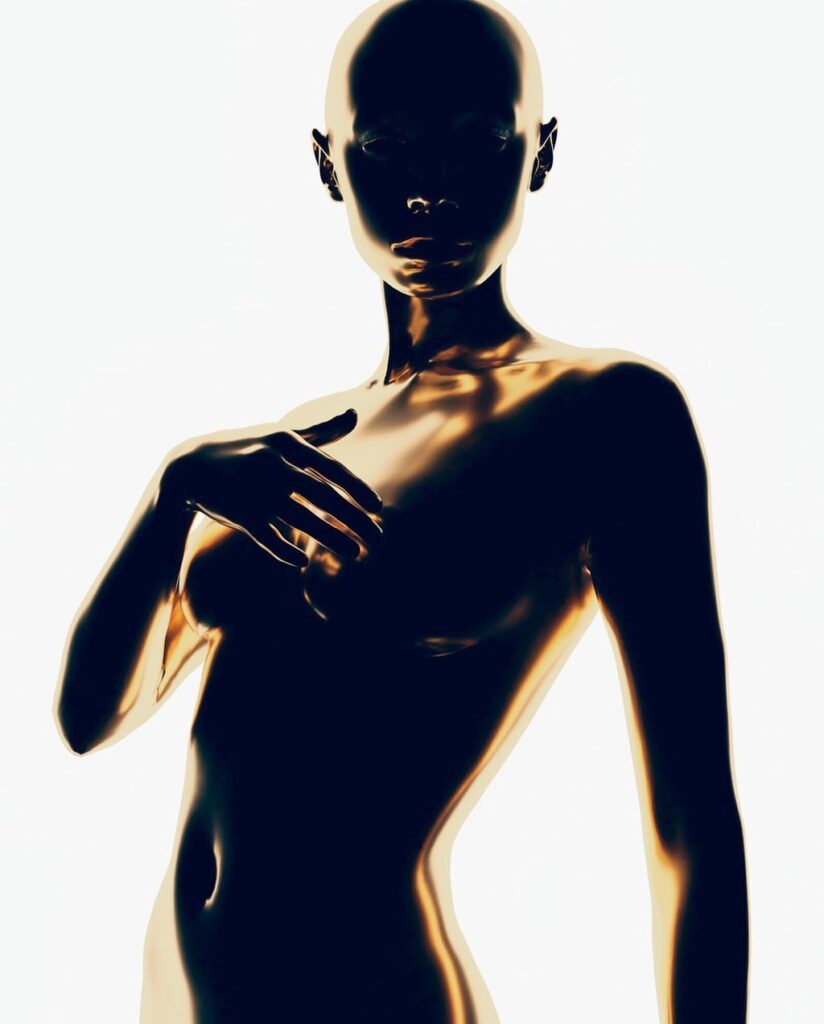

The BIOMORPHIC CYBORG. Digital Body meets Nature
Haraway didn’t limit her speech to the mere meeting between human and machine. She alluded to the breakdown between any organism and machine, promoting cyborgs that take shape after biomorphic hybridization. Again, the topic has found a new fortune in digital and visual art.
The outstanding artist Jon Jacobsen has already made it a signature in his creations, playng with different and unpredictable references to reshape the limits of body.

More recently, the emblematic work of the visual artist Curry Tian, “The Impurity of the Body” is definitely worth a quote.
And what about playing with both influences? The unique aesthetics of Brandon Allen Bolmen, alias Maskarade, takes the best from the meeting point between body, nature, and the cybernetic. His bodies are in continuous evolution and transition, embracing the fluid essence of contemporary identities.
Those are just a few possibilities you can explore.
But we hope you got the point. Do not limit yourself to old standards and mental boxes. The Metaverse is now, and it’s also up to you to contribute to achieving that freedom, negated i traditional social media practices. And that freedom starts with your very digital skin.
Can my digital self be my real self?
Yes, as long as you accept the fluidity and the contradictions of each built identity. Including yours.



